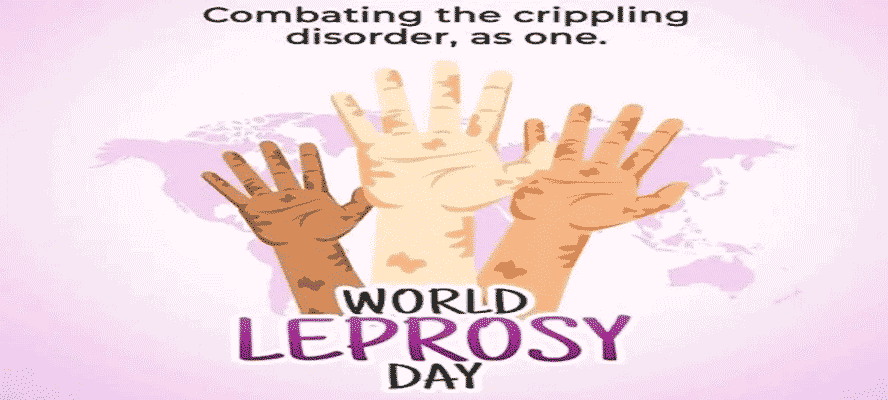A Historical Fiasco Origin of Leprosy can be traced back to 2000 BC, as it has been authored in the religious books. The disease originated in India, from where it has been thought to spread all over the world with rise in trade and further through the impact of war.








